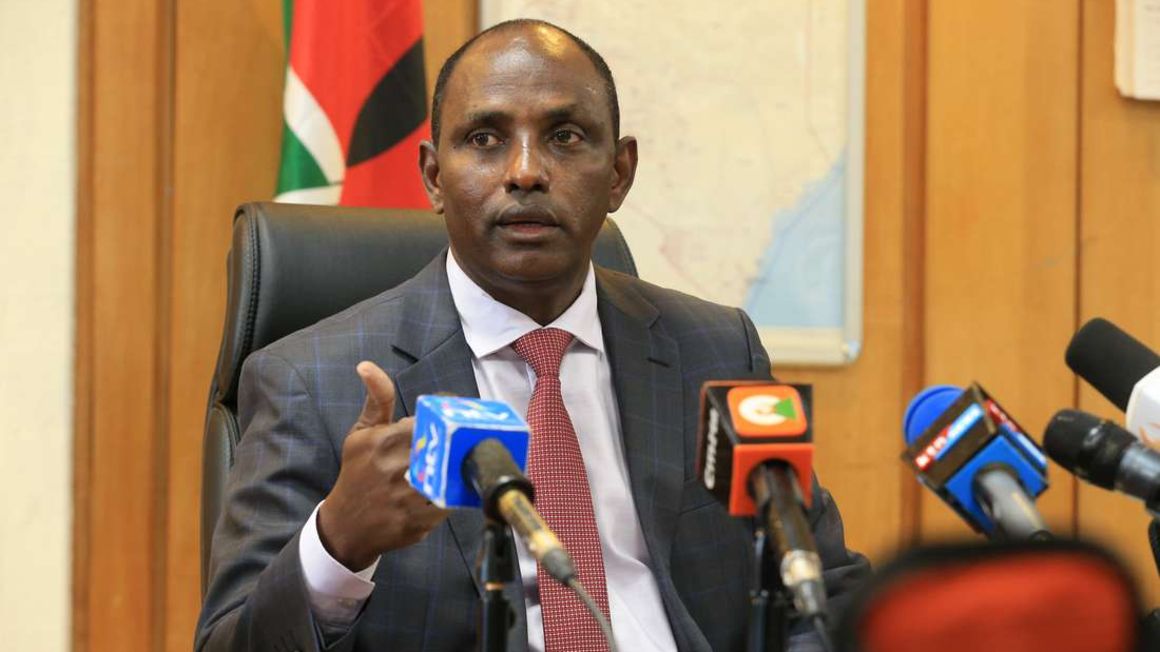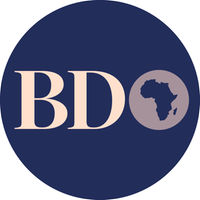
Treasury Cabinet Secretary Ukur Yatani. FILE PHOTO | NMG
Summary
- Foreign loans currently stand at Sh3.6 trillion, reflecting the impact of the weak shilling on the debt given that Kenya has tapped an additional Sh206 billion credit from overseas.
- The increased debt has seen Kenya commit more than half of taxes to pay loans, leaving little cash for building roads, affordable housing and revamping of the ailing health sector.
- Kenya is now planning to defer around $690 million (Sh75 billion) in debt payments as it seeks further funding from the Bretton Woods institutions for budget support to weather the coronavirus economic hardships.
The weakening of the shilling has increased Kenya’s dollar debt by Sh305.6 billion since the start of the year as the local currency yesterday hit a new historic low of Sh111.3 against the greenback.
Kenya owed $30.6 billion on December 31, which was Sh3.1 trillion when the shilling was trading at 101.25 and the same debt is now worth Sh3.4 trillion.
The shilling has shed more than nine percent to the dollar since the start of the year after earnings from the crucial tourism sector collapsed due to the coronavirus crisis.
A weak local currency means Kenya requires more shillings to pay for the same amount of debt, translating to higher foreign loan repayment costs amid the mounting public debt.
“The shilling depreciation will definitely mean that we need more money to pay for our debts so the weakening of the shilling is a great concern to Treasury,” Head of Research at Sterling capital Renaldo D’Souza said.
Foreign loans currently stand at Sh3.6 trillion, reflecting the impact of the weak shilling on the debt given that Kenya has tapped an additional Sh206 billion credit from overseas.
The foreign loans account for 51 percent of Kenya’s total debt of Sh7.1 trillion and the Treasury is worried about the currency volatility.
Finance Cabinet Secretary Ukur Yatani last week told the Committee on Finance and National Planning that 66 per cent of Kenya’s debt is in dollars.
He said Kenya should increase borrowings in euros that the country could easily get from exports rather than buy expensive dollars.
“External debt is highly vulnerable to exchange rate risk. In order to mitigate against currency fluctuations, the currency mix for external debt should ideally be matched with the country’s currency of export earnings,” Mr Yatani said.
“The current medium term debt strategy is to increase the uptake of euro-denominated loans.”
The Jubilee administration looks set to borrow an average of Sh2.5 billion daily before the end of President Uhuru Kenyatta’s final term in August 2022, highlighting its growing appetite for foreign debt.
Treasury chiefs project in a draft Budget Review and Outlook Paper new loans of Sh1.87 trillion in the two years to June 2022 or Sh2.5 billion daily, pushing Kenya’s debt to Sh8.06 trillion.
If that comes to pass, Mr Kenyatta will have borrowed at least Sh6.1 trillion to implement his manifesto in 10 years in power having inherited slightly more than Sh1.89 trillion in June 2013.
His administration has ramped up spending since 2013 to build new roads, a modern railway, bridges and electricity plants, driving up borrowing to plug the budget deficit.
The increased debt has seen Kenya commit more than half of taxes to pay loans, leaving little cash for building roads, affordable housing and revamping of the ailing health sector.
The International Monetary Fund (IMF) and the World Bank are putting pressure on Kenya to take a Sh75 billion coronavirus debt relief from wealthy nations as a pre-condition for accessing cheap loans.
Kenya is now planning to defer around $690 million (Sh75 billion) in debt payments as it seeks further funding from the Bretton Woods institutions for budget support to weather the coronavirus economic hardships.
Mr Yatani says that Kenya will in the coming days make a decision on the suspension of debt payments under a G20 initiative due to pressure from the Bretton Woods institutions.
The group of 20 major economies had in April agreed to suspend payment obligations on bilateral debt owed by their less developed counterparts through the end of the year.
The goal was to free up more than $20 billion (Sh2.23 trillion) that poor or struggling countries could use to buttress their health services.





No comments :
Post a Comment